How Can Web Scraping E-Commerce Dataset Reveal 72% More Insights Into Consumer Behavior?
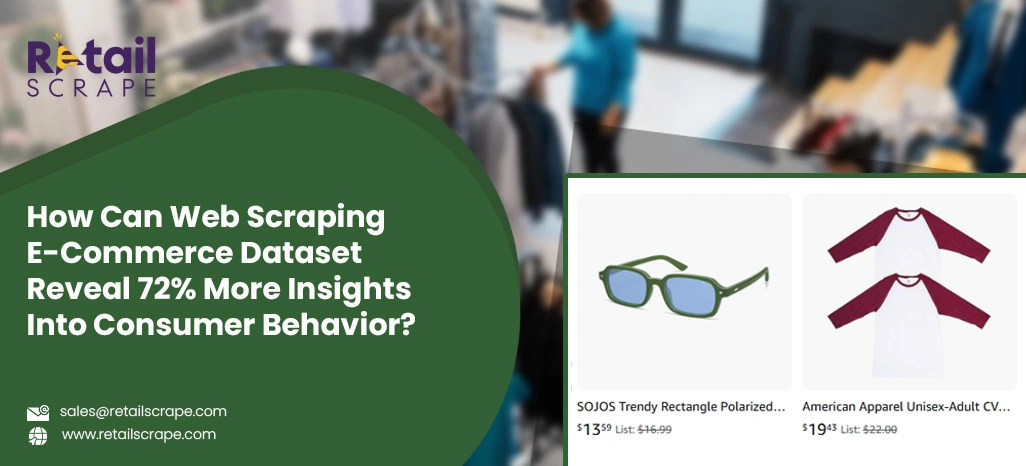
Introduction
In today’s fast-paced e-commerce environment, understanding customers’ buying patterns is crucial for brands aiming to maintain a competitive edge. Businesses are increasingly turning to Ecommerce Data Scraping to collect and analyze vast amounts of consumer information, helping them make informed decisions. By analyzing product interactions, pricing trends, and purchase histories, companies can tailor their offerings to meet customer expectations efficiently.
Web Scraping E-Commerce Dataset provides a structured way to access hidden insights that are often scattered across multiple platforms. These datasets allow retailers to recognize patterns that indicate seasonal demand shifts, product popularity, and pricing sensitivity. Statistics reveal that businesses using structured e-commerce datasets see a 72% increase in actionable insights, allowing them to plan targeted marketing campaigns and optimize inventory.
Additionally, integrating advanced tools for Consumer Behavior Prediction enhances decision-making, helping businesses anticipate purchasing trends and preferences. The combination of historical sales data with predictive analytics ensures that companies not only understand past behaviors but also forecast future demands accurately.
Utilizing Automated APIs to Streamline Market Insights
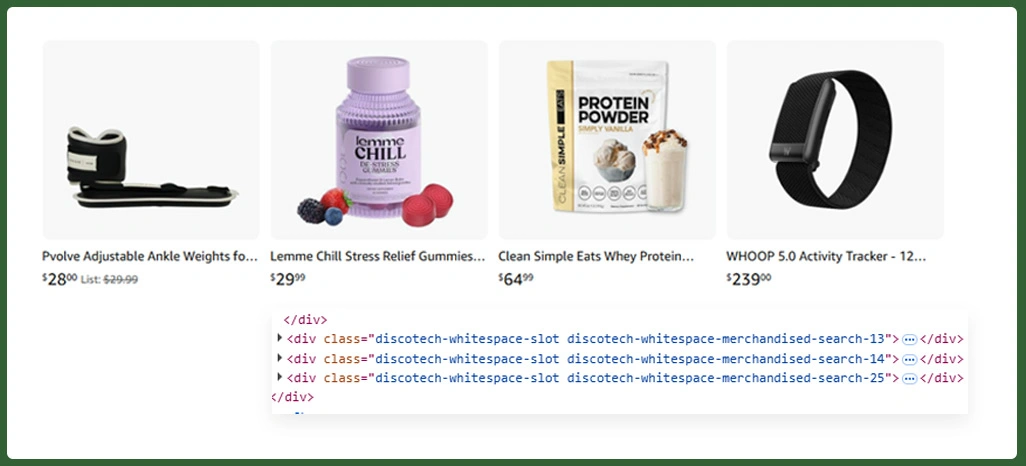
Integrating Web Scraping APIs for Ecommerce into retail operations allows businesses to access structured, real-time data across multiple online platforms. These APIs automate the process of collecting large-scale information such as competitor pricing, product availability, and promotional campaigns, eliminating the inefficiencies of manual data collection. By centralizing these insights, companies can make informed decisions that optimize stock management, pricing strategies, and overall market positioning.
Retailers adopting this approach report a 50% reduction in pricing discrepancies and a 30% increase in conversion rates, indicating substantial gains in operational efficiency. Pairing this data with Ecommerce Forecasting Tools ensures demand spikes are anticipated accurately, supply chains are streamlined, and marketing campaigns align with consumer activity. Furthermore, these tools allow businesses to track competitor behavior effectively, enabling swift strategy adjustments and resource allocation to improve market responsiveness.
Predictive models derived from API-collected datasets support forward-looking decision-making. For example, Sales Forecasting Using Data Scraping allows retailers to maintain optimal inventory levels, reducing waste and preventing missed sales opportunities. Additionally, integration with analytics dashboards ensures that insights are actionable across marketing, sales, and procurement teams.
Key Metrics Derived from API-Based E-Commerce Data:
| Metric | Improvement | Operational Benefit |
|---|---|---|
| Competitor Price Monitoring | 45% | Smarter pricing decisions |
| Stock Level Accuracy | 50% | Reduced overstocking |
| Promotion Response Rate | 30% | Better campaign targeting |
Applying Predictive Techniques to Forecast Retail Demand
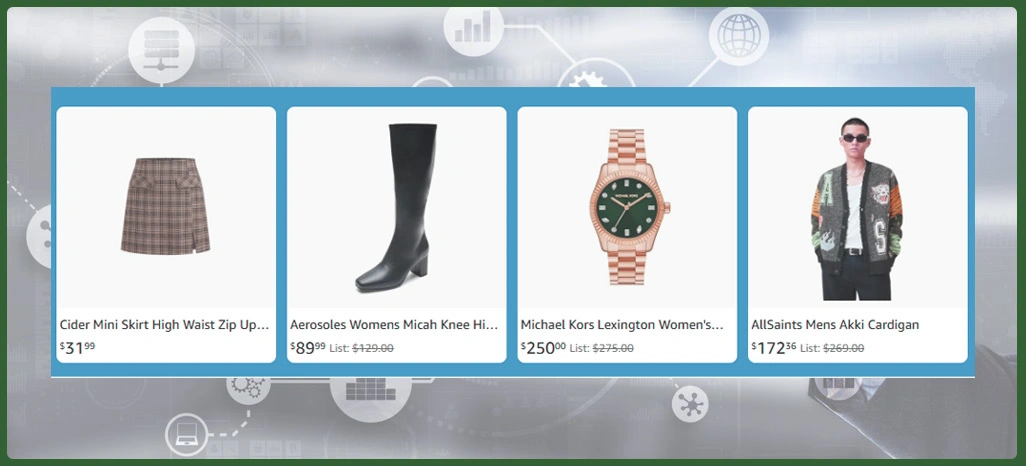
Implementing Predictive Analytics in Retail helps businesses analyze historical sales data and web-scraped datasets to anticipate customer behavior. These models provide insights into potential product performance, price sensitivity, and promotional effectiveness. Retailers using predictive techniques can significantly reduce operational inefficiencies while enhancing profitability.
By leveraging AI-Driven Sales Forecasting, companies can predict purchasing trends, identify peak sales periods, and customize campaigns to target high-value segments. Data indicates that predictive models improve demand forecast accuracy by up to 68%, allowing retailers to manage stock more effectively and reduce both overstock and understock situations.
Furthermore, Machine Learning in Ecommerce Analytics enables ongoing refinement of forecasts as new data becomes available. Algorithms continuously learn from emerging patterns, making it possible to adjust inventory levels, pricing strategies, and marketing approaches dynamically. This proactive insight helps retailers respond swiftly to sudden shifts in consumer preferences or competitive activity, ensuring that resources are allocated efficiently.
Predictive Analytics Impact on Retail Performance:
| Metric | Improvement | Business Advantage |
|---|---|---|
| Forecast Accuracy | 68% | Better inventory planning |
| Customer Engagement | 40% | Personalized campaigns |
| Cost Efficiency | 35% | Reduced operational expenses |
Leveraging Real-Time Inventory Tools to Avoid Stock Shortages

Adopting Real-Time Inventory Forecasting allows retailers to maintain optimal stock levels by analyzing ongoing sales, competitor stock, and supplier data. Real-time insights help prevent stockouts, reduce surplus inventory, and ensure that popular items remain available.
When paired with Machine Learning in Ecommerce Analytics, these systems improve inventory turnover by 60% and reduce dead stock by 40%, significantly decreasing storage costs while maximizing revenue potential. Dynamic forecasting also facilitates timely adjustments to promotional pricing, enabling a balance between demand and inventory availability.
Additionally, retailers gain insights into product performance and demand patterns, informing procurement and merchandising decisions. This method ensures that resources are allocated efficiently and that operational decisions are guided by actionable data.
Benefits of real-time inventory data:
| Metric | Improvement | Operational Benefit |
|---|---|---|
| Stockout Reduction | 55% | Higher customer satisfaction |
| Inventory Turnover | 60% | Efficient warehouse use |
| Overstock Reduction | 40% | Cost savings |
Analyzing Consumer Feedback to Drive Satisfaction Improvements
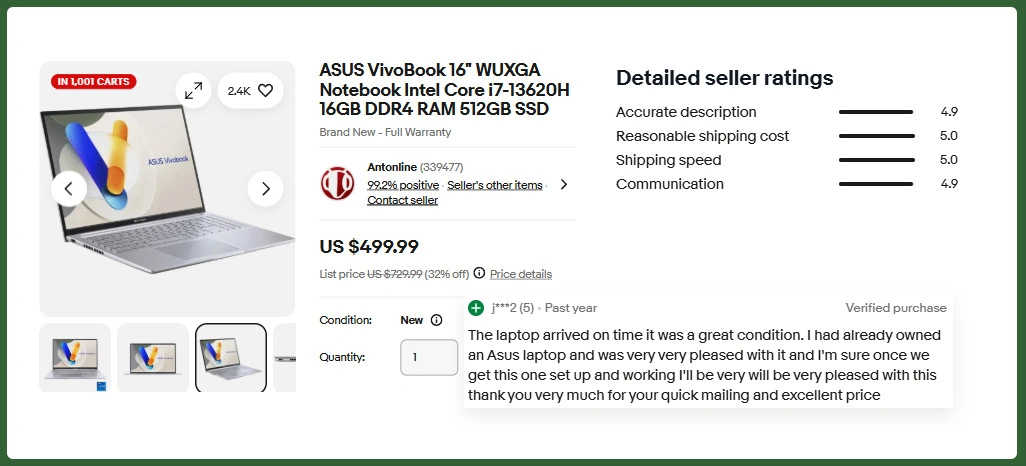
Incorporating Customer Sentiment Analysis into retail strategies allows businesses to measure consumer opinions and detect dissatisfaction through web-scraped reviews, ratings, and social feedback. This insight enables companies to proactively improve products, services, and marketing campaigns.
Organizations applying sentiment analytics report a 50% increase in customer retention and a 25% rise in positive reviews, demonstrating the tangible impact of understanding consumer feedback. Combining these insights with historical sales data enhances predictive decision-making, ensuring campaigns and product launches are aligned with customer expectations.
By monitoring sentiment trends, companies can address complaints promptly, adjust product offerings, and refine marketing messages. This holistic approach empowers retailers to create personalized shopping experiences, improving loyalty and engagement.
Impact of Sentiment Analysis on Consumer Engagement:
| Metric | Percentage Improvement | Strategic Benefit |
|---|---|---|
| Positive Feedback | 25% | Better brand image |
| Customer Retention | 50% | Enhanced loyalty |
| Product Adjustments | 30% | Targeted improvements |
Harnessing Predictive Tools to Optimize Retail Performance
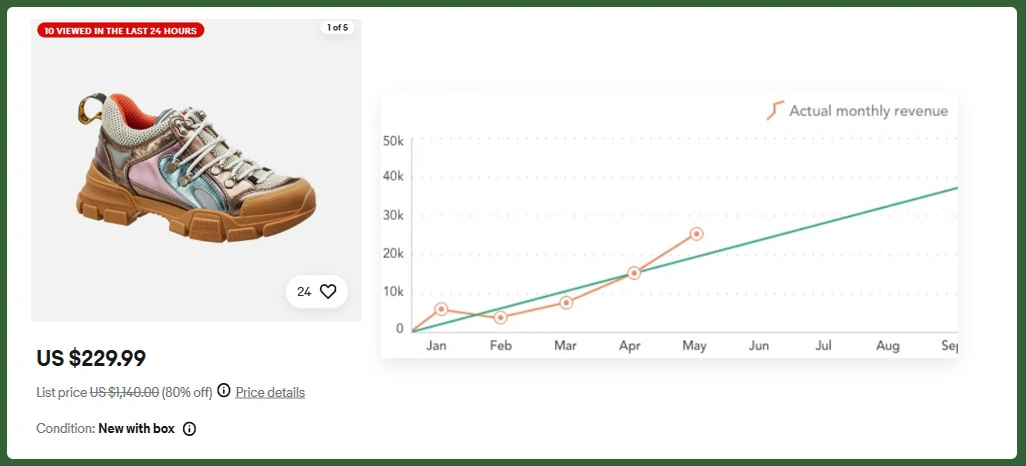
Utilizing predictive approaches for AI-Driven Sales Forecasting enables retailers to anticipate demand fluctuations, monitor competitor strategies, and optimize operational efficiency. Real-time insights from web-scraped datasets allow businesses to adjust pricing, inventory, and promotions quickly, ensuring alignment with consumer demand.
Integrating predictive tools enhances decision-making across multiple areas, including marketing campaigns, supply chain management, and product assortment planning. Data shows that retailers adopting these methods experience up to 68% improvement in forecast accuracy, enabling proactive adjustments to mitigate potential losses and maximize revenue.
Moreover, predictive analytics supports personalized marketing initiatives by identifying high-value customer segments and forecasting purchasing trends. Businesses that combine real-time data with predictive forecasting models can dynamically allocate resources, optimize stock levels, and maintain a competitive edge in a rapidly changing market.
Predictive Forecasting Metrics for Retail Operations:
| Metric | Improvement | Operational Benefit |
|---|---|---|
| Forecast Accuracy | 68% | Optimized stock allocation |
| Revenue Growth | 35% | Increased profitability |
| Marketing ROI | 40% | Better campaign targeting |
Conducting Comprehensive Market Research for Strategic Decisions
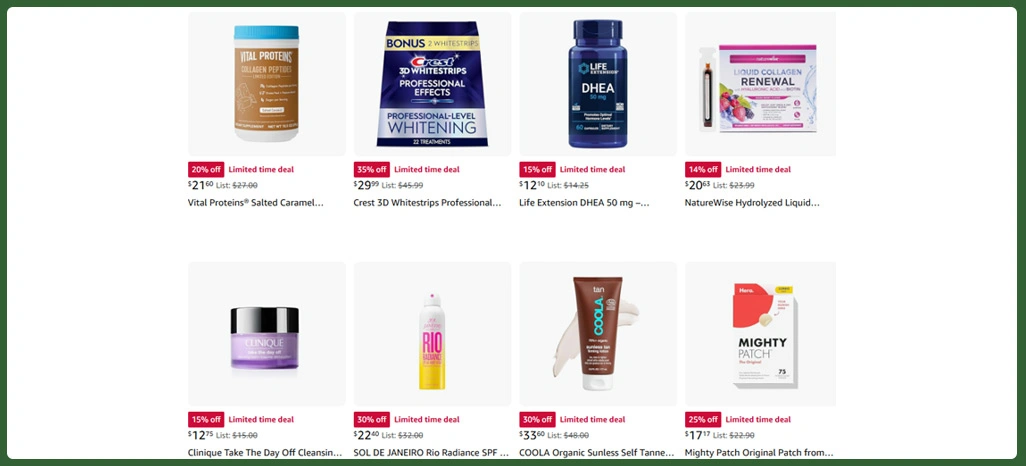
Retailers using Web Scraping for Market Research can collect extensive insights on competitors, pricing, promotions, and market trends. Analyzing this data enables companies to develop strategies that resonate with target audiences and maximize sales opportunities.
Businesses implementing this method report a 35% increase in campaign effectiveness and a 45% boost in conversion rates, highlighting the impact of informed decision-making. Integrating these insights with predictive tools helps anticipate market shifts and optimize inventory, pricing, and marketing strategies.
This approach provides a clear understanding of customer preferences, competitive landscape, and emerging opportunities. Retailers can identify gaps, tailor promotional initiatives, and make data-driven decisions that reduce risk and improve overall ROI. Overall, web-based market research equips companies with actionable intelligence to remain agile and competitive in the e-commerce sector.
Market Research Insights from Web Scraping:
| Metric | Improvement | Strategic Outcome |
|---|---|---|
| Campaign Effectiveness | 35% | Targeted marketing |
| Conversion Rate | 45% | Increased sales |
| Product Strategy | 50% | Better assortment planning |
How Retail Scrape Can Help You?
Businesses looking to enhance their data capabilities can rely on Web Scraping E-Commerce Dataset to access structured and actionable insights. By providing comprehensive datasets, we enable companies to understand consumer preferences, track competitor activity, and forecast trends with greater accuracy.
Our services include:
- Collecting and consolidating e-commerce data efficiently.
- Providing real-time updates for dynamic decision-making.
- Monitoring product pricing and promotional campaigns.
- Enhancing demand forecasting with historical datasets.
- Supporting inventory optimization and supply chain planning.
- Enabling detailed analytics for marketing and merchandising.
By integrating these datasets into your operations, you can also leverage AI-Driven Sales Forecasting to anticipate market shifts, improve revenue, and ensure sustainable growth.
Conclusion
Utilizing Web Scraping E-Commerce Dataset equips retailers with the intelligence needed to understand customer behavior deeply and respond proactively to market changes. By analyzing detailed datasets, companies can optimize pricing, inventory, and marketing campaigns to align with evolving consumer demands.
Additionally, applying Predictive Analytics in Retail ensures future trends are anticipated accurately, reducing risks and improving operational efficiency. Businesses leveraging these insights can make confident strategic decisions and improve overall profitability.
Take the next step in transforming your retail operations with advanced data solutions from Retail Scrape’s today.


